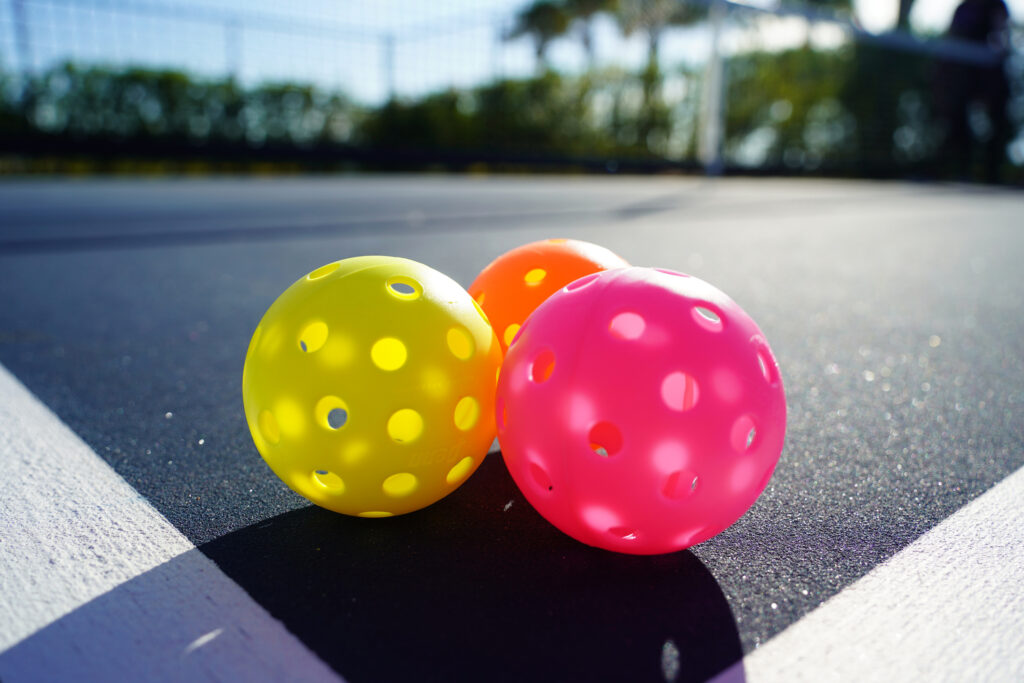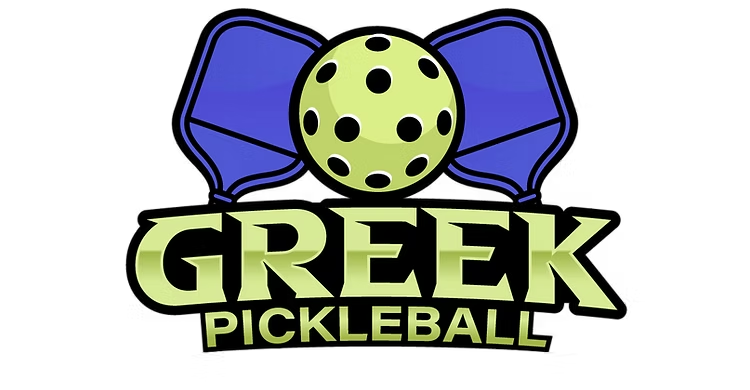Pickleball 101: Understanding the Basic Rules for New Players
Welcome to the exciting world of pickleball! If you’ve recently discovered this addictive sport that’s sweeping the nation, you might be wondering about the rules that govern play. While pickleball combines elements of tennis, badminton, and ping-pong, it has its own unique set of rules that make it both accessible for beginners and strategically rich for advanced players. This guide will walk you through the fundamental rules you need to know to step confidently onto the court.
The Court and Equipment
The Court: A pickleball court measures 20 feet wide by 44 feet long. It’s divided by a net (hung at 36 inches on the ends and 34 inches in the center) and includes these key areas:
- Non-Volley Zone (the “kitchen”): A 7-foot area on each side of the net where players cannot volley (hit the ball out of the air).
- Right/Even and Left/Odd Service Courts: Each side of the court is divided into two service courts.
Equipment:
- Paddles: Larger than ping-pong paddles but smaller than tennis racquets, typically made of composite materials.
- Ball: A plastic ball with holes, similar to a wiffle ball but specifically designed for pickleball.


Serving Rules
The serve is perhaps the area with the most unique rules in pickleball:
- Underhand Only: All serves must be hit with an underhand stroke, with the paddle head below the wrist.
- Diagonal Service: The server must serve diagonally to the opposite service court.
- One Serve Attempt: Unlike tennis, pickleball only allows one serve attempt (no second serves).
- Both Feet Behind the Baseline: The server must keep both feet behind the baseline during the serve.
- The Two-Bounce Rule: After a serve, the returning team must let the ball bounce once before hitting it, and then the serving team must also let the return bounce once. After these two bounces, the ball can be either volleyed (hit before it bounces) or played off the bounce.
- Server Position Rotation: In doubles, the first server of each team serves from the right/even court. When they lose a rally, their partner serves next (starting from the left/odd court). When the second server loses a rally, service passes to the opposing team.
Scoring: Only the serving team can score points. Games are typically played to 11 points (win by 2).
Gameplay Rules
Once play begins after the two-bounce rule is satisfied, these rules govern continued play:
- Non-Volley Zone (Kitchen) Rule: Players cannot volley the ball while standing in the kitchen or touching the kitchen line. Additionally, a player’s momentum cannot carry them into the kitchen after hitting a volley.
- Line Calls: A ball landing on the line is considered “in” (except for the kitchen line when volleying).
- Fault Conditions: Points end when a fault occurs. Faults include:
- Hitting the ball out of bounds
- Failing to clear the net
- Volleying from the kitchen
- Letting the ball bounce twice before hitting it
- Touching the net with your body or paddle during play
- Hitting the ball before it crosses the net to your side
Strategic Elements
While not strictly “rules,” understanding these strategic elements will help you enjoy the game more fully:
- The Third Shot Drop: After the two-bounce rule is satisfied, the serving team typically tries to hit a soft shot into the opponents’ kitchen to neutralize the advantage the returning team has.
- Kitchen Line Control: Advanced play revolves around controlling the area just behind the kitchen line, as this positioning allows for the most offensive opportunities.
Patience vs. Aggression: Learning when to play patiently with soft dinks and when to attack with powerful drives is central to pickleball strategy.
Etiquette Rules
Pickleball has a strong community aspect with several unwritten etiquette rules:
- Call Your Own Faults: Players are expected to call their own faults, such as kitchen violations.
- Line Calls: In recreational play, players call the lines on their side of the court.
- Score Announcement: Before serving, the server should call out the complete score (serving team’s score, receiving team’s score, and server number 1 or 2).
Paddle Stacking: In open play at public courts, players often place paddles in a designated area to determine court rotation and waiting order.
Common Beginner Mistakes
As you learn the game, watch out for these common rules-related mistakes:
- Kitchen Violations: Many beginners forget about the non-volley zone restrictions or don’t realize their momentum has carried them into the kitchen after a volley.
- Incorrect Service Order: Keeping track of which player should serve and from which court can be confusing at first.
Stepping Over the Baseline During Serves: Remember to keep both feet behind the baseline when serving.
Start Playing Today!
The best way to learn pickleball rules is to get on the court and play. Our coaching programs are designed to help you understand not just the mechanics but the thinking behind the rules and how they shape strategy. Book a lesson today, and we’ll have you playing confidently in no time!
Remember, while the rules might seem numerous, they quickly become second nature as you play. The inclusive and friendly nature of pickleball means experienced players are often happy to help newcomers understand the rules during recreational play.
Subscribe to our Newsletter
We are available
on these platforms
© 2025 Greek Pickleball. All Rights Reserved.

